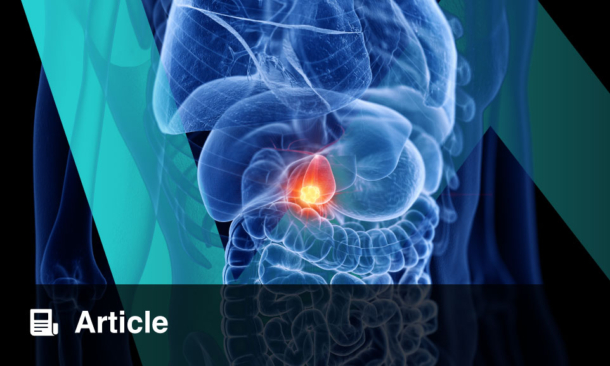A NEW study highlights the value of combining transperineal ultrasound (TPUS) and anorectal manometry (ARM) to better evaluate obstructive defecation syndrome (ODS) in women. ODS, often linked to pelvic floor dysfunction, remains challenging to assess with a single diagnostic method.
Researchers analyzed 296 women with ODS, including 209 who underwent both TPUS and ARM. Using logistic regression models, they examined the relationship between structural abnormalities seen on TPUS and functional changes detected by ARM.
The study revealed significant correlations between specific manometry findings and pelvic floor abnormalities. For instance, a reduced rectoanal gradient on ARM was strongly associated with abnormal anorectal angle changes during straining on TPUS. Similarly, reduced rectal defecation pressure correlated with rectocele, internal rectal intussusception, and internal rectal prolapse. Other findings linked reduced anal squeeze and resting pressures with pelvic floor laxity and more severe rectocele.
These results demonstrate that TPUS and ARM provide complementary insights: TPUS identifies structural defects while ARM measures functional pressure changes. The authors emphasize that using both modalities together offers a more comprehensive assessment of pelvic floor disorders, especially in refractory ODS cases.
The findings support an integrated diagnostic approach, which may help clinicians tailor more effective treatment strategies for women living with chronic, complex defecatory dysfunction.








